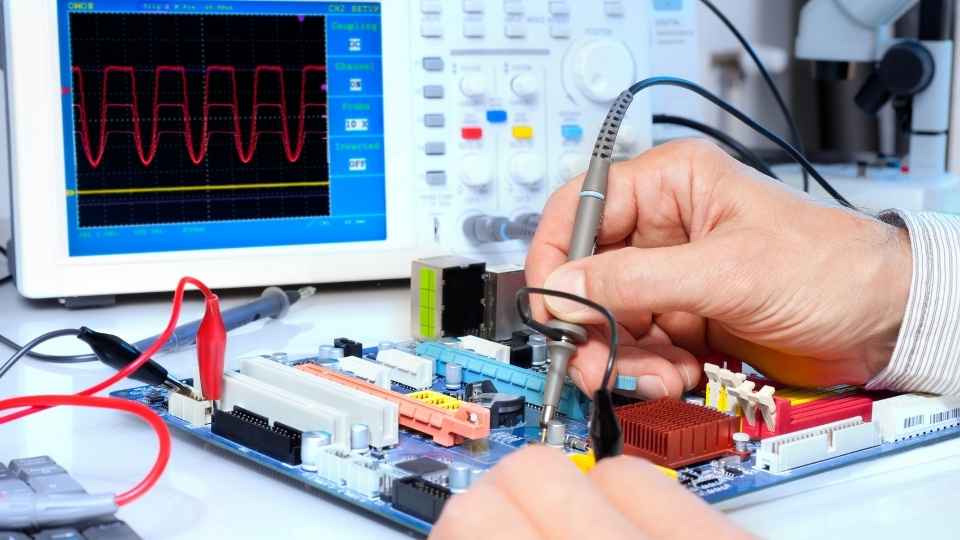
Hey there! Ever wondered how all those fancy gadgets and devices around us actually work? Well, in this article, I'm going to demystify the world of digital electronics for you, from logic gates to memory storage.
We'll dive deep into the basics of logic gates, explore binary calculations, and even unravel the secrets behind microcontrollers and digital signal processing.
And of course, we can't forget about memory storage - we'll discuss different types of memory devices and delve into some advanced concepts too.
So buckle up and get ready for a mind-blowing journey through the fascinating realm of digital electronics!
Key Takeaways
- Logic gates are the fundamental building blocks of digital electronics and understanding their truth tables is essential.
- Microcontrollers play a crucial role in automation and control by performing programmed tasks.
- Digital Signal Processing (DSP) techniques like sampling, filtering, and modulation are important in communication systems and multimedia applications.
- Memory storage devices such as SSD, HDD, and external storage are crucial for data retention and capacity expansion, and factors like bus width and clock frequency affect memory access speed.
The Basics of Logic Gates
Now let's dive into the basics of logic gates and how they work.
Logic gates are fundamental building blocks in digital electronics that perform logical operations on input signals to generate output signals. These gates operate based on Boolean algebra, where inputs and outputs can only have two possible values: 0 or 1, representing false or true, respectively.
There are various types of logic gates such as AND, OR, NOT, NAND, NOR, XOR, and XNOR. Each gate has a specific truth table that defines its behavior based on the input combinations.

Understanding Binary Calculations
Understanding binary calculations involves learning how to perform arithmetic operations using only two digits, 0 and 1. It's crucial in the world of digital electronics, where data is represented by these binary digits.
By mastering binary calculations, we gain a deeper understanding of how computers process information. Addition in binary is straightforward: we start from the rightmost digit and work our way to the left, carrying over any overflow when necessary.
Subtraction follows similar principles but requires borrowing instead of carrying over. Multiplication and division are more complex, requiring algorithms like long multiplication or long division.
These operations may seem daunting at first, but with practice, they become second nature. Understanding binary calculations empowers us to manipulate and comprehend the fundamental building blocks of modern technology while embracing the freedom that comes with knowledge and expertise in this field.
Exploring Microcontrollers in Digital Electronics
Take a moment to dive into the world of microcontrollers and discover how they play a vital role in modern technology.
Microcontrollers are small, self-contained computers that are embedded within electronic devices. They consist of a central processing unit (CPU), memory, and input/output peripherals, all integrated onto a single chip. These powerful little devices are responsible for controlling the functionality of countless electronic systems, from smartphones and smart appliances to cars and industrial machinery.
Microcontrollers offer freedom in design as they can be programmed to perform specific tasks based on user requirements. They provide an interface between humans and machines, enabling us to interact with technology effortlessly. With their ability to process inputs, execute instructions, and produce outputs in real-time, microcontrollers make automation possible. They allow for precise control over various aspects of electronic systems by monitoring sensors, adjusting parameters, and responding accordingly.

In today's fast-paced world where efficiency is paramount, microcontrollers empower us with the freedom to create innovative solutions that enhance our lives and streamline processes across industries. Whether it's optimizing energy consumption or improving healthcare outcomes through remote monitoring devices, microcontrollers are at the heart of these advancements.
Unraveling the World of Digital Signal Processing
Let's delve into the fascinating realm of Digital Signal Processing and discover its impact on modern technology.
Digital Signal Processing (DSP) is a powerful technique used to manipulate and analyze digital signals in real-time. It has revolutionized various fields, including telecommunications, audio processing, image and video compression, radar systems, and biomedical signal analysis.
Here are some key aspects of DSP:
Sampling: DSP starts with sampling an analog signal at regular intervals to convert it into a discrete representation.
Filtering: DSP employs various filters like low-pass, high-pass, bandpass, and notch filters to eliminate unwanted noise or enhance specific frequency components.
Transformations: Techniques like Fourier Transform and Wavelet Transform are used for frequency domain analysis and feature extraction.

Modulation/Demodulation: DSP plays a vital role in modulating digital signals onto carrier waves for efficient transmission.
Digital Signal Processing empowers us to explore vast possibilities in communication systems, multimedia applications, medical diagnostics, and much more. Its versatility makes it an indispensable tool in our modern technological landscape.
The Importance of Memory Storage in Digital Electronics
As an engineer specializing in digital electronics, I understand the critical role that memory storage plays in this field.
Memory storage isn't just about storing data, but it also ensures efficient data retention techniques and enables the expansion of memory capacity.
However, there are trade-offs to consider, such as the balance between speed and storage.
It's essential to carefully analyze these factors to optimize the performance of digital electronics systems.
Data Retention Techniques
Ensure that you understand the various data retention techniques used in digital electronics. In order to effectively store and preserve data, several techniques are employed:
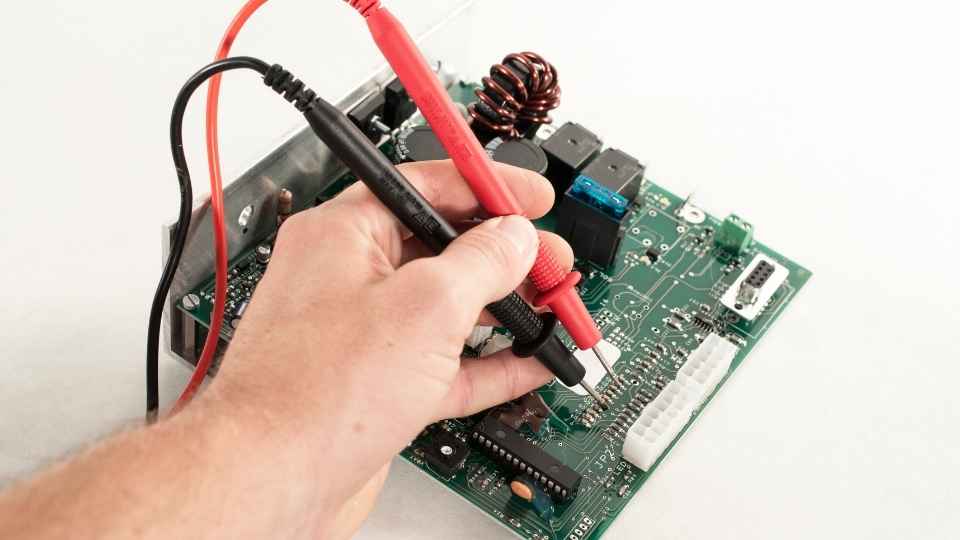
Latching: This technique uses flip-flops or latches to store information by maintaining its state until it's altered.
Static Random Access Memory (SRAM): SRAM utilizes a combination of transistors to store data without the need for constant refreshing.
Dynamic Random Access Memory (DRAM): DRAM relies on capacitors to store data but requires frequent refreshing due to charge leakage.
Flash Memory: Flash memory is non-volatile and can retain data even when power is disconnected. It uses floating-gate transistors for storage.
Understanding these techniques is crucial as they determine how efficiently and securely your digital devices retain information.
Now, let's delve into the next section about 'memory capacity expansion' and explore ways to increase the amount of data that can be stored in our digital devices.
Memory Capacity Expansion
Expanding memory capacity is crucial for increasing the amount of data that can be stored in our devices. In today's digital age, where information is power, having the freedom to store more data is essential.
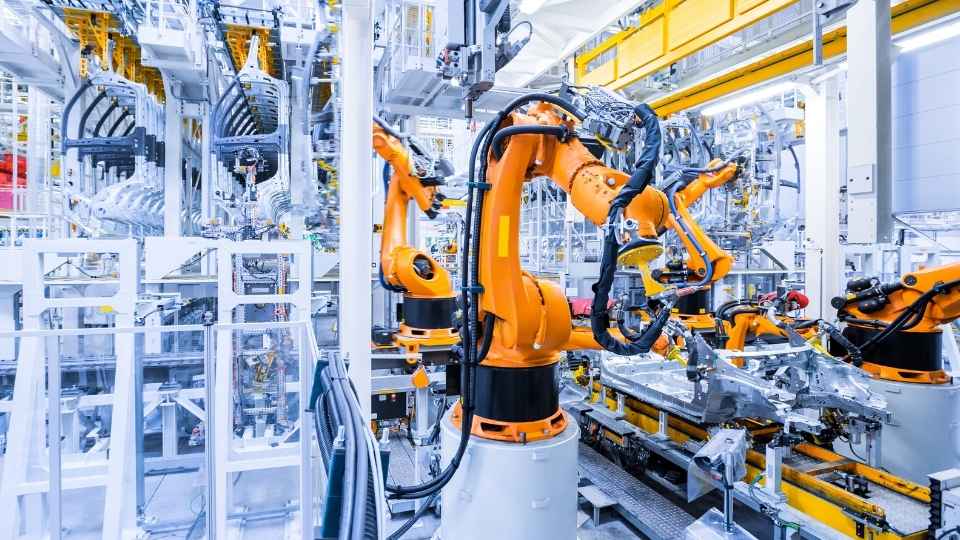
To achieve this, there are various techniques and technologies available. One common method is through the use of solid-state drives (SSDs), which offer higher storage capacities compared to traditional hard disk drives (HDDs). SSDs utilize flash memory technology, allowing for faster access times and increased durability.
Another approach to expanding memory capacity is through cloud storage solutions. With cloud-based services, users can store their data remotely and access it from any device with an internet connection. This provides the freedom to expand storage without being limited by physical hardware constraints.
Ultimately, expanding memory capacity empowers individuals to freely store and access a greater volume of data, enabling them to harness knowledge and drive innovation in our ever-evolving digital world.
Speed Vs. Storage Trade-Offs
You may need to consider the trade-offs between speed and the amount of data you can store. When it comes to digital electronics, finding the right balance between these two factors is crucial. Here are some key points to keep in mind:
Processor Speed: Faster processors allow for quicker execution of instructions, resulting in a more responsive system.
Storage Capacity: Larger storage capacity enables you to store more data, such as files, documents, and media.
Access Time: Lower access time means faster retrieval of data from memory or storage devices.

Cost: Higher speed and larger storage capacity often come at a higher cost, so budget constraints should be considered.
Finding the optimal trade-off depends on your specific needs and priorities. Whether you prioritize speed or storage capacity will depend on your usage requirements and personal preferences.
Remember that striking the right balance will ultimately provide you with a digital experience tailored to your needs.
Types of Memory Storage Devices
Take a look at the different types of memory storage devices available in digital electronics today.
One of the most common and widely used is the solid-state drive (SSD). These drives use non-volatile flash memory to store data, providing faster access times compared to traditional hard disk drives.
Another popular option is the hard disk drive (HDD), which uses rotating magnetic platters to store data. Although HDDs are slower than SSDs, they offer larger storage capacities at a more affordable price.
Additionally, there are also hybrid drives that combine elements of both SSDs and HDDs to provide a balance between speed and storage capacity.

Finally, there are external storage devices such as USB flash drives and external hard drives that offer portable and convenient storage solutions.
With these various options available, individuals have the freedom to choose the type of memory storage device that best suits their needs.
Advanced Concepts in Memory Storage
As I delve into advanced concepts in memory storage, it becomes evident that data retention techniques and memory access speed are crucial factors to consider.
Effective data retention techniques ensure that stored information remains intact and accessible for extended periods of time.
Additionally, memory access speed determines how quickly data can be retrieved from the storage device, influencing overall system performance.
Data Retention Techniques
To ensure data retention, it's important to understand and implement effective techniques. Here are four key strategies that can help in preserving your valuable digital information:
Backup: Regularly create backups of your data and store them in multiple locations to protect against hardware failures or accidental deletion.
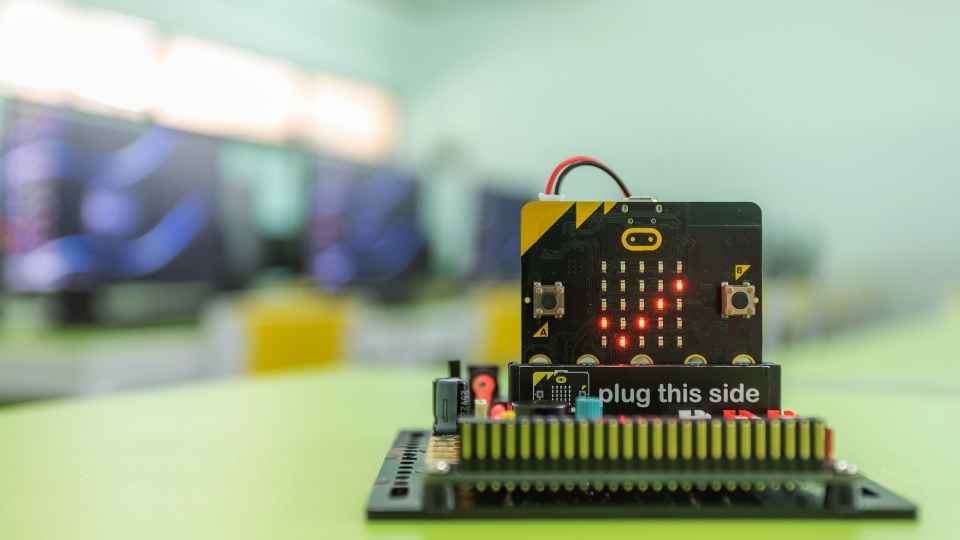
Data redundancy: Use RAID (Redundant Array of Independent Disks) technology to distribute data across multiple drives, ensuring that even if one drive fails, the data remains intact.
Error correction codes: Implement error correction codes (ECC) in memory modules or storage devices to detect and correct errors that may occur during data storage or transmission.
Power management: Proper power management is crucial for preventing data loss due to sudden power outages. Use uninterruptible power supply (UPS) systems or backup generators to maintain continuous power supply.
Memory Access Speed
Now let's delve into the fascinating realm of memory access speed. As an enthusiast who values freedom, I understand the importance of quick and efficient data retrieval. Memory access speed refers to how rapidly information can be accessed from a storage device or memory module. It's crucial in modern digital systems where speed is paramount.
To achieve high memory access speeds, various factors come into play, such as bus width, clock frequency, and latency timings. The bus width determines the number of bits that can be transferred simultaneously, while the clock frequency governs the rate at which data is transmitted. Latency timings represent the delay between requesting and receiving data.
To optimize memory access speed, system designers employ techniques like caching, pipelining, and parallel processing to minimize delays and maximize throughput. These advancements allow for swift retrieval and manipulation of information, enabling us to experience true freedom in our digital endeavors.
Frequently Asked Questions
How Does Digital Electronics Relate to Other Areas of Technology, Such as Telecommunications and Computer Science?
Digital electronics is foundational to telecommunications and computer science. It enables the transmission and processing of information through binary signals, allowing for efficient communication and computation in modern technology.
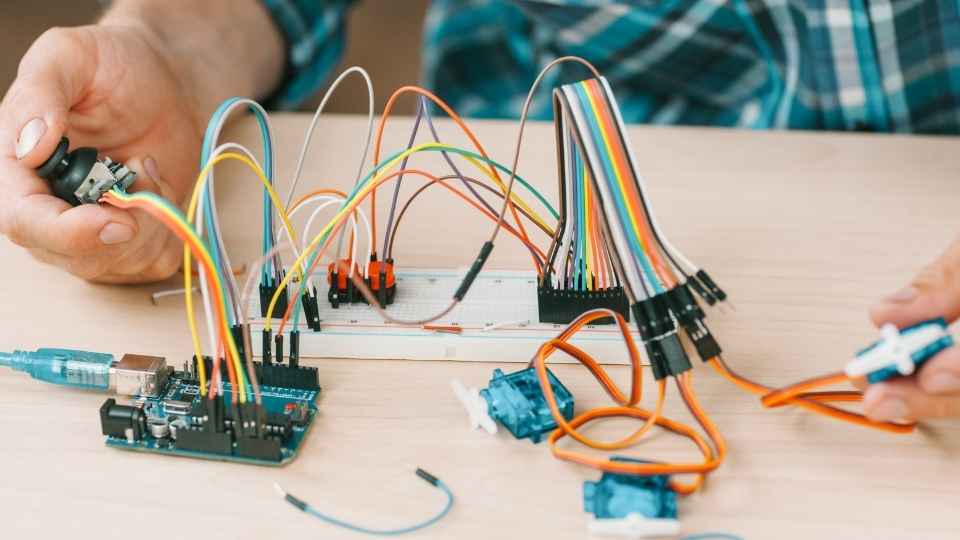
Can You Provide Examples of Real-Life Applications Where Digital Electronics Are Used?
Sure! Digital electronics are used in a wide range of real-life applications, such as smartphones, computers, televisions, and even in medical devices like pacemakers. These technologies rely on digital circuits to process and transmit information efficiently.
What Are the Main Challenges and Limitations of Digital Electronics?
The main challenges and limitations of digital electronics include signal degradation, power consumption, and limited processing capabilities. These factors can affect the performance and efficiency of digital systems in various real-life applications.
Is It Possible to Upgrade or Expand Memory Storage in Digital Devices?
Yes, it's possible to upgrade or expand memory storage in digital devices. It allows for increased capacity and improved performance, providing freedom for users to store more data and run complex applications efficiently.
The size and speed of memory storage directly affect the performance of digital electronics systems. Larger storage allows for more data to be stored, while faster storage enables quicker access and processing of information, improving overall system efficiency.
 Basic Electronics ConceptsEssential ToolsCircuit Design BasicsMicrocontrollersDIY Electronics ProjectsRoboticsPrivacy PolicyTerms And Conditions
Basic Electronics ConceptsEssential ToolsCircuit Design BasicsMicrocontrollersDIY Electronics ProjectsRoboticsPrivacy PolicyTerms And Conditions
